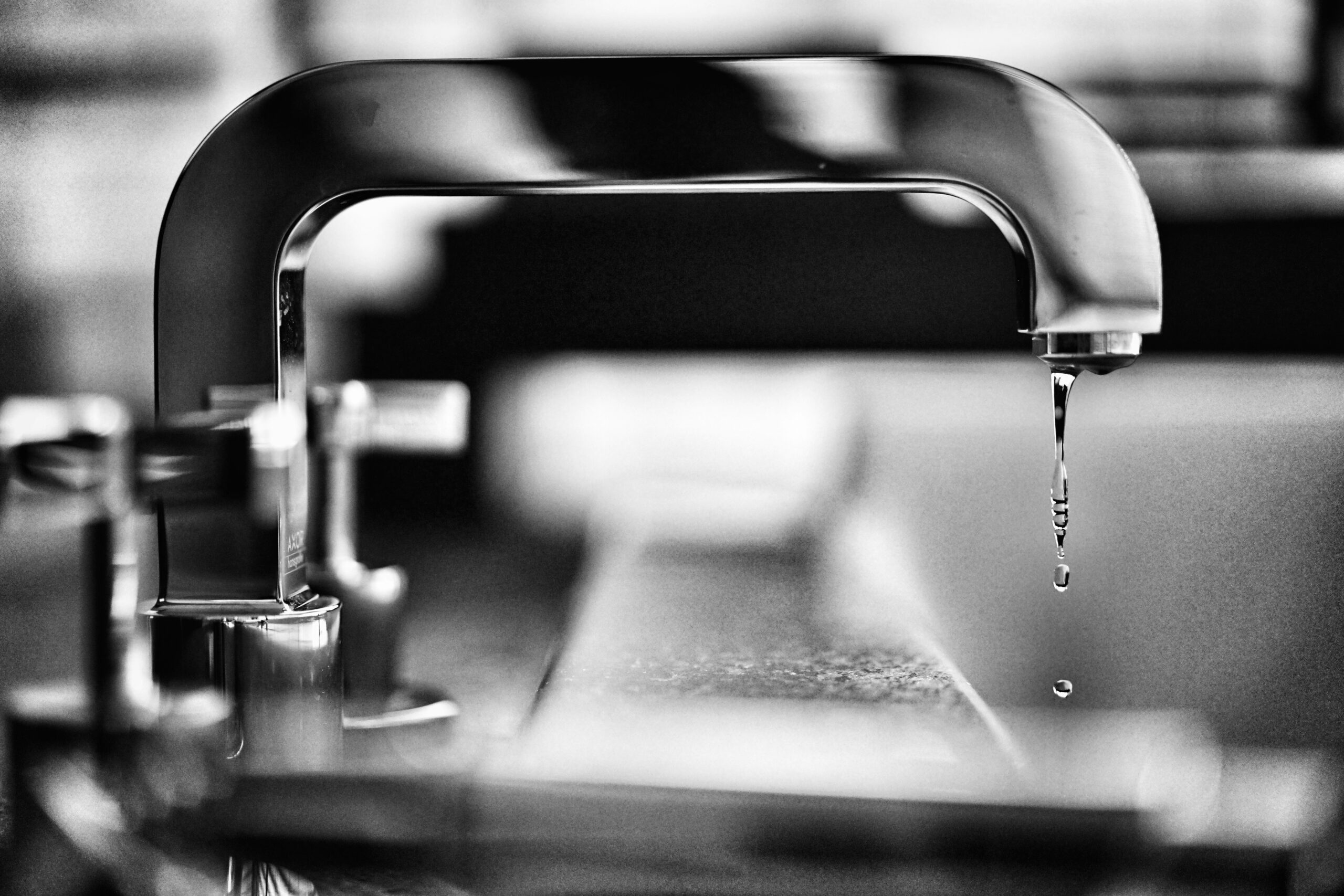You’re halfway through your workday, and suddenly, you hit a wall. Your body feels sluggish, your mind is foggy and no matter how much you push, you can’t seem to focus. Sound familiar? These hidden energy leaks in your work routine could be the culprit.
The good news? You don’t need to overhaul your entire workday to fix them. Small, intentional shifts can protect your energy, boost your productivity and leave you with enough stamina for the things you love outside of work.
1. Multitasking: The Productivity Myth
Multitasking might feel efficient, but in reality, it forces your brain to rapidly switch between tasks, consuming more energy than you realise. Research shows that switching tasks can reduce productivity by up to 40% and significantly increase mental fatigue. In fact, studies have found that multitasking can even lower your IQ. Forbes highlights how multitasking erodes productivity and cognitive function.
What to do instead: Try ‘time-blocking’ – dedicating set periods to specific tasks without interruption. Use the Pomodoro technique (25-minute focus sessions followed by 5-minute breaks) to keep your mind fresh while maintaining deep focus.
2. Always Being ‘On’
Notifications, emails and endless pings create a constant state of alertness, depleting your mental energy reserves before you even realise it. This heightened state of vigilance leaves you exhausted, making it harder to focus on meaningful tasks.
What to do instead: Set clear boundaries with notifications. Schedule specific times to check emails and messages rather than responding instantly. Consider using ‘Do Not Disturb’ mode, ‘Focus Mode’ or apps that limit digital distractions.
3. Poor Posture and Workspace Setup
An uncomfortable workspace doesn’t just lead to physical discomfort, it also drains your energy. Slouching, poor lighting and incorrect desk height force your body to work harder to maintain focus, increasing fatigue over time.
What to do instead: Optimise your workspace for ergonomic comfort. Ensure your screen is at eye level, your chair supports your lower back and your feet are flat on the floor. Small changes like using a wrist rest, adjusting screen brightness, or standing up every hour can prevent unnecessary energy depletion.
4. Skipping Breaks (or Taking the Wrong Kind)
Many professionals believe pushing through fatigue will help them get more done. In reality, skipping breaks leads to diminishing returns, making it harder to concentrate and increasing overall exhaustion.
What to do instead: Incorporate active rest – short movement-based breaks like stretching, deep breathing, or stepping outside. These breaks refresh both body and mind, helping you sustain your energy levels throughout the day.
5. Ignoring Hydration and Nutrition
Dehydration and unbalanced meals play a massive role in fatigue. Relying on caffeine or skipping meals can cause blood sugar crashes, leaving you feeling sluggish and unfocused.
What to do instead: Start your day with a protein-rich, low-sugar breakfast to maintain steady energy levels. Keep a water bottle nearby and set reminders to drink throughout the day. Reducing caffeine after midday can also prevent energy crashes later in the afternoon.
Take Control of Your Energy
Small changes can lead to big results. By identifying and addressing these hidden energy leaks, you’ll be able to work efficiently without draining yourself. The goal isn’t to work harder, it’s to work smarter, so you still have energy left for life outside of work.
For more strategies to protect your energy at work, download my free guide: 5 Powerful Strategies to Reduce Fatigue at Work. It’s packed with practical tips to help you stay productive without burning out.
Looking for ongoing support? Subscribe to my newsletter, The Sunday Power-Up, for expert insights, real-world strategies and exclusive resources straight to your inbox. Let’s redefine success without sacrificing your health.
What’s one work habit you’re ready to change? Let me know in the comments!
Disclaimer:
The content in this blog is based on my personal experience of living with chronic illness and is shared for informational purposes only. It is not intended as a substitute for professional medical advice, diagnosis, or treatment. Always consult with your GP or healthcare professional before making any changes to your lifestyle, work routine, or health management. The tips and strategies shared here can be used alongside medical advice to support your well-being.

View comments
+ Leave a comment